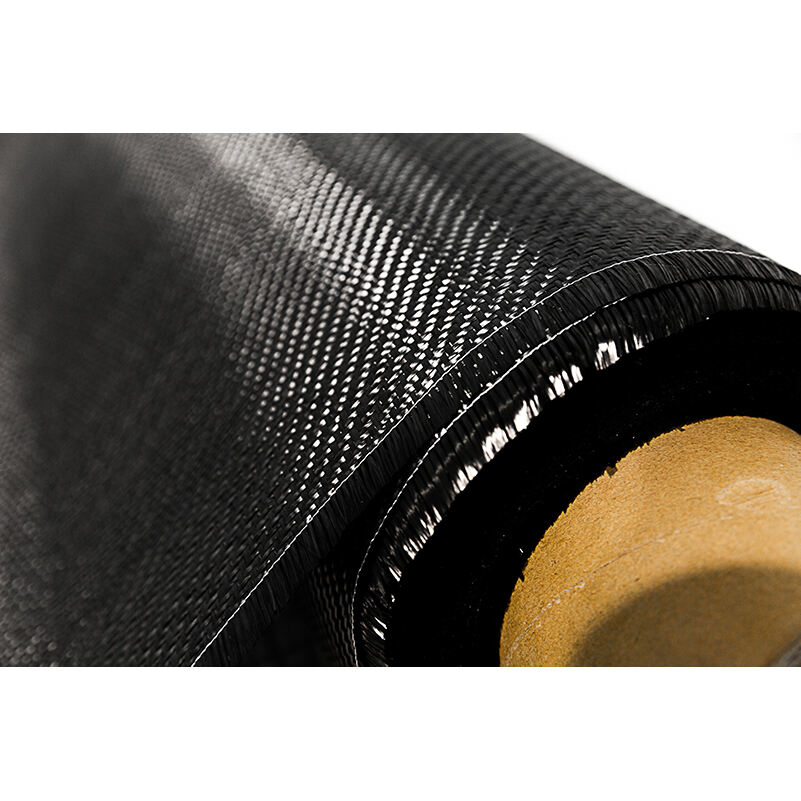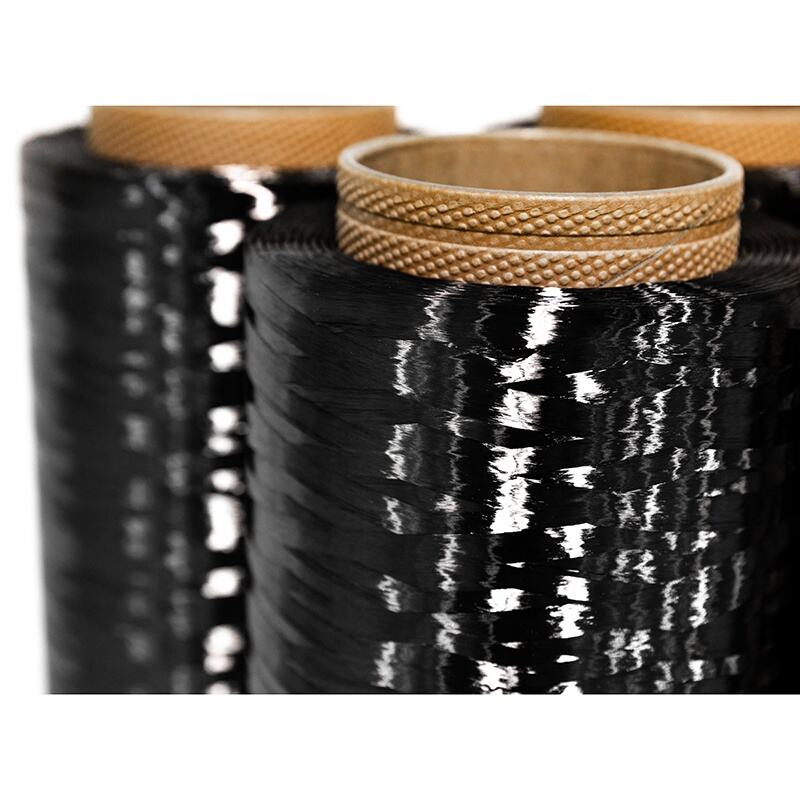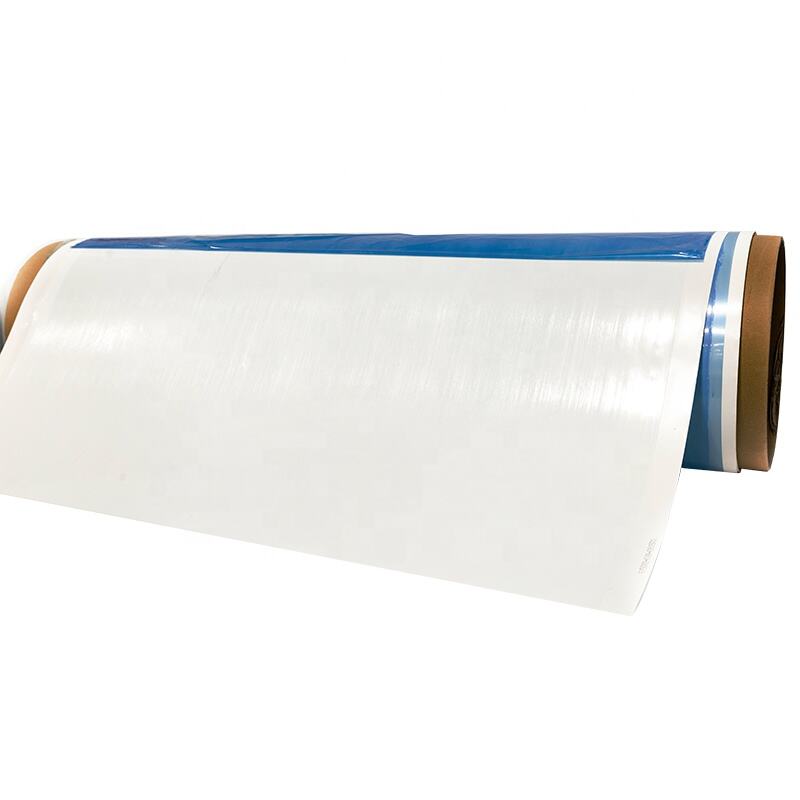unidirectional carbon fiber tape
Unidirectional carbon fiber tape represents a cutting-edge composite material that features aligned carbon fibers running parallel in a single direction, embedded within a resin matrix. This specialized configuration delivers exceptional strength and stiffness along the fiber direction, making it an invaluable material for structural reinforcement applications. The tape consists of continuous carbon filaments precisely arranged to maximize tensile strength in the primary load-bearing direction. Its unique construction allows for optimal weight-to-strength ratios, offering superior performance compared to traditional materials. The tape typically comes in various widths and thicknesses, enabling precise application in different scenarios. In manufacturing processes, the tape can be easily manipulated and applied to complex geometries, making it ideal for both automated and manual layup processes. The material's versatility extends to numerous industries, including aerospace, automotive, sporting goods, and civil engineering applications. Its ability to be strategically placed in specific orientations allows engineers to design structures with enhanced mechanical properties exactly where needed. The tape's compatibility with various resin systems and its excellent fatigue resistance make it particularly valuable in high-performance applications where long-term durability is essential.


